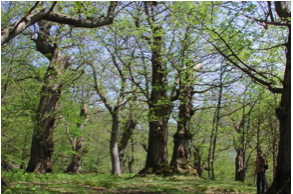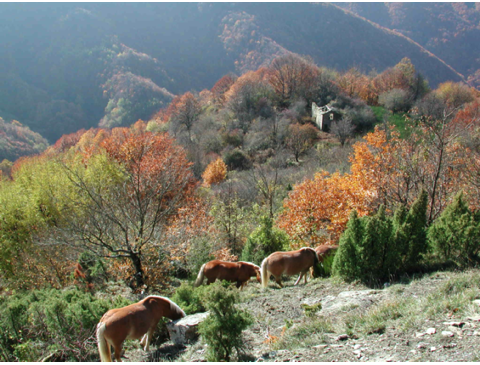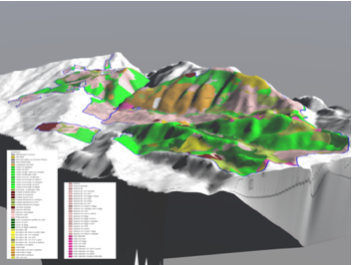Landscape parks represent a free choice of entities and private individuals who decide to subject the management of their territory to shared principles in order to enhance its resources. The institution of the park fulfills three specific institutional functions: conservation, teaching and research. Conservation goes hand in hand with the attempt to propose a different relationship with the territory by proposing, where necessary, the transformation of the present land uses. In the case of Moscheta, the institution of the landscape park wants to offer an alternative to recover and enhance the cultural identity of a limited but significant portion of the Apennine territory, through careful management but also through restoration. The study area, extended for 900 ha in the municipality of Firenzuola, (Florence) with an average altitude of 680 m asl; it is bordered to the north by the Fosso dei Bottoni, to the east by Monte Acuto with its 1040 m asl, to the south by Monte Pratone, to the west by Poggio la Croce. The management of the territory is entrusted to the Union of Municipalities of Mugello. The area represents a corner of particular landscape and environmental interest in the northern Apennines.
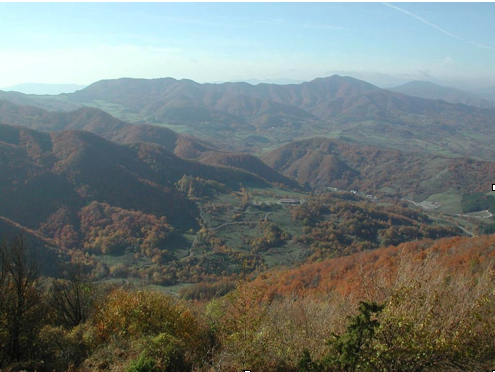
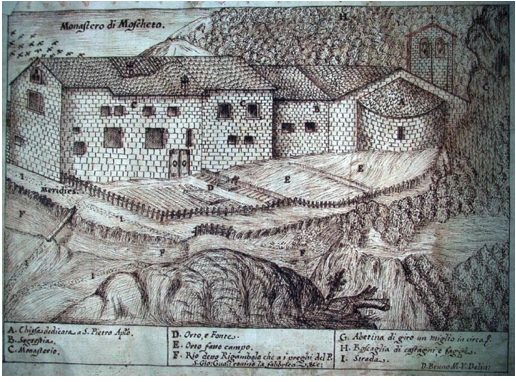
The central nucleus is represented by the abbey, founded by San Giovanni Gualberto, father of the Vallombrosano Order, in the 11th century. From the seventeenth century begins the period of religious decadence of Moscheta, which is suppressed during the reforms of Pietro Leopoldo and the goods sold at auction. The new owners, the Martinis, set up their lands, according to the model of the partial colony typical of sharecropping. Based on the results of the VASA analysis, the interventions were assessed and planned. The general purpose of the restoration is to restore as many uses of the land as possible to restore the richness of the nineteenth-century landscape mosaic to the territory, which is the richest both from the point of view of the diversity of spaces and the identity meaning. Most of the proposed interventions concern the recovery of pastures planted with Turkey oaks and beeches, chestnuts, grazed areas and cultivated areas
